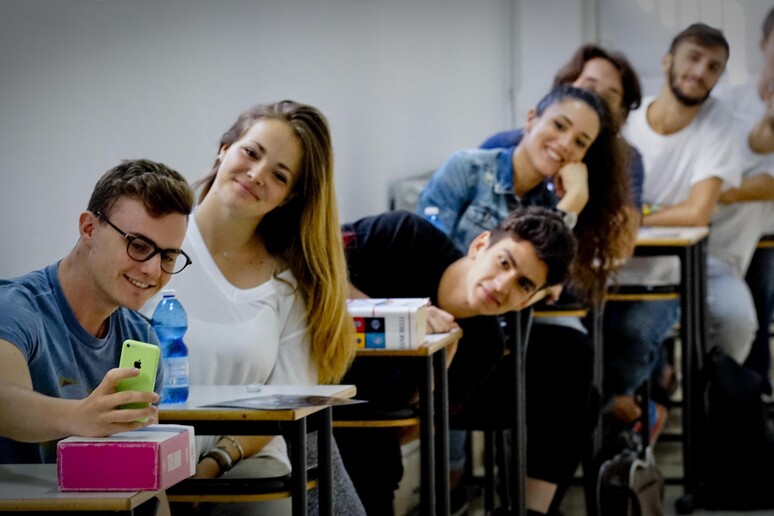Some 814,000 students holding
foreign citizenship attended Italian schools during the
2014/2015 academic year, 9.2% of the total and a 1.4% rise on
the previous year.
Growth was steady but has been slowing since 2008.
The figures were contained in the report "Alunni con
Cittadinanza non Italiana" ("Students with Non-Italian
Citizenship"), curated by the education ministry and the ISMU
foundation and presented in Milan.
Some 55.3% of them were born in Italy, a number that
quadrupled between the 2007/2008 and 2014/2015 academic years -
from 8,111 to 34,788.
Meanwhile, ever more unaccompanied minors are arriving in
Italian schools due to the refugee crisis, most of whom in the
Sicily, Calabria and Puglia regions.
The largest groups are those from Romania (157,153),
Albania (108,331) and Morocco (101,584).
There are also ever more disabled foreigners - over 28,000
- accounting for 12% of total disabled students in Italy.
Some 780 more children from Roma, Sinti and Caminanti
ethnic groups were registered at Italian schools in 2014/2015
compared with the previous year.
ALL RIGHTS RESERVED © Copyright ANSA











